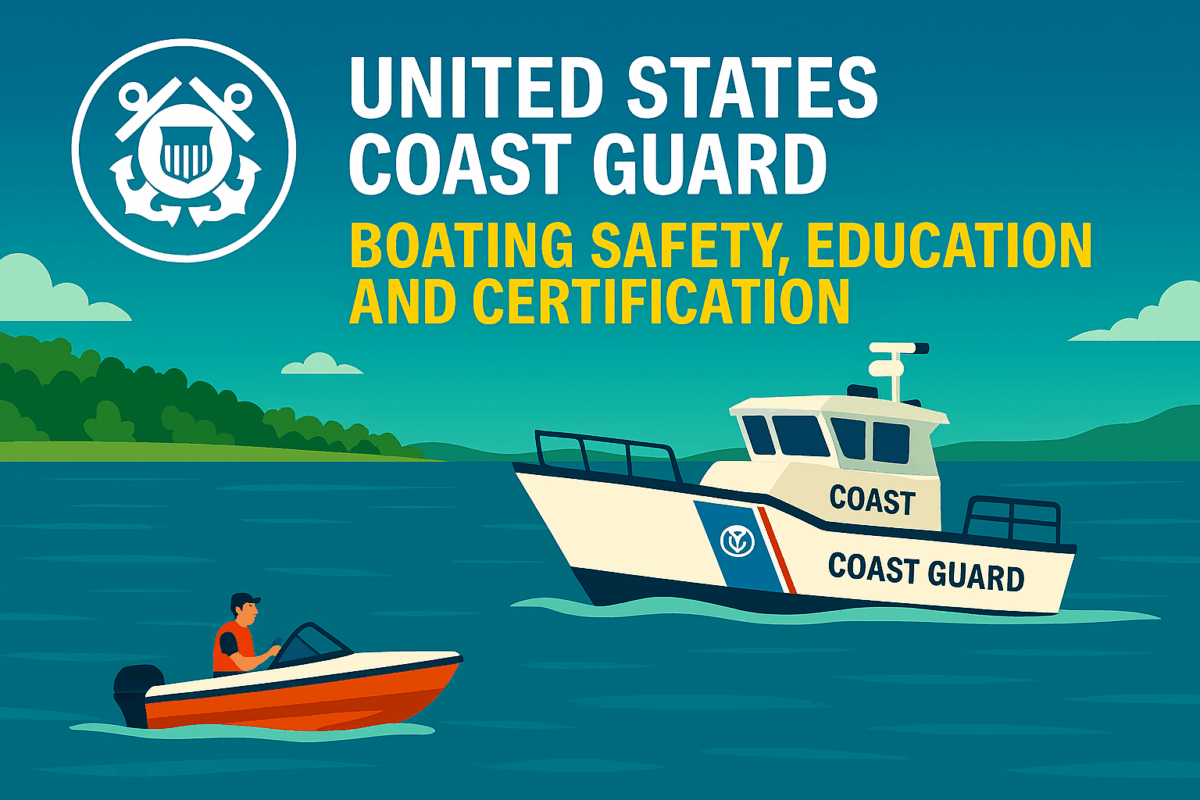Call: 1-800-832-7191

USCG Auxiliary Safe Paddling
USCG Auxiliary Safe Paddling: A Smarter Way to Stay Safe on the Water
Paddling offers peace, adventure, and exercise, but safety must always come first. That’s why USCG Auxiliary Safe Paddling programs exist. These initiatives teach paddlers how to avoid danger, prepare properly, and respond to emergencies. Whether you’re kayaking, canoeing, or paddleboarding, these safety tips can save lives.
Know Before You Go
Preparation makes all the difference. Check the weather forecast before heading out. Always wear a properly fitted life jacket. Bring a whistle, flashlight, and waterproof phone case. These items increase your visibility and ability to call for help. The USCG Auxiliary recommends filing a float plan with someone you trust. This simple step ensures someone knows your route and expected return time.
Learn the Rules and Respect the Water
Understanding local boating laws helps paddlers avoid fines and accidents. Stay clear of restricted zones and busy channels. Paddle on the right side of the waterway and yield to larger vessels. Avoid alcohol while paddling. It impairs judgment and reaction time. The USCG Auxiliary teaches paddlers how to read water conditions and recognize hazards like currents, submerged objects, and changing tides.
Why USCG Auxiliary Safe Paddling Matters
The USCG Auxiliary Safe Paddling program promotes awareness and responsibility. Volunteers offer free safety checks and educational workshops. These sessions cover gear requirements, navigation basics, and emergency procedures. Participants gain confidence and skills that reduce risk. The program also encourages paddlers to carry identification and emergency contact information. These small details can make a big difference during a rescue.
Stay Alert and Paddle Smart
Distractions can lead to accidents. Stay focused and scan your surroundings often. Watch for other vessels, swimmers, and wildlife. Paddle with a buddy whenever possible. If you paddle alone, let someone know your plan. Use reflective gear and lights during low visibility. The paddling initiative reminds paddlers that safety is a shared responsibility. Everyone benefits when paddlers stay informed and alert.
